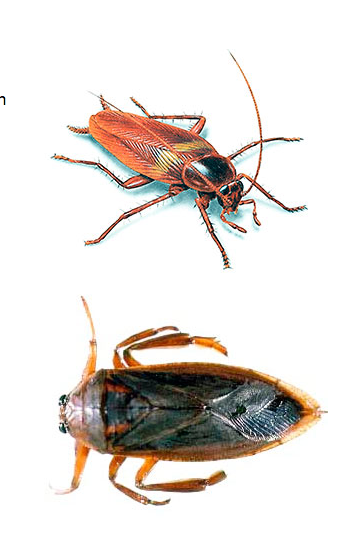Here is some helpful information about bed bugs. Due to media exposure, bed bugs have been a hot topic among pests recently. These are some common myths and truths about bed bugs.
If you think you have a bed bug issue, we offer complete professional inspections and thorough treatment if needed.
Common Bed Bug Myths
Myth: You can’t see a bed bug.
Reality: You should be able to see adult bed bugs, nymphs and eggs with your naked eye.
Myth: Bed bugs live in dirty places.
Reality: Bed bugs are not attracted to dirt and grime; they are attracted to warmth, blood and carbon dioxide. However, clutter offers more hiding spots.
Myth: Bed bugs transmit diseases.
Reality: There have been no cases or studies that indicate bed bugs pass diseases from one host to another.
Myth: Bed bugs won’t come out if the room is brightly lit.
Reality: While bed bugs prefer darkness, keeping the light on at night won’t deter these pests from biting you.
Myth: Pesticide applications alone will easily eliminate bed bug infestations.
Reality: Bed bug control can only be maintained through a treatment strategy that includes a variety of techniques plus careful attention to monitoring. Proper use of pesticides may be part of the strategy, but will not by itself eliminate bed bugs. In addition, bed bug populations in different areas of the country have developed resistance to the ways many pesticides work to kill pests. If you’re dealing with a resistant population, some products and application methods may only make the problem worse. It is a good idea to consult a qualified pest management professional (PMP) if you have bed bugs in your home.




































































